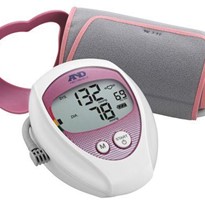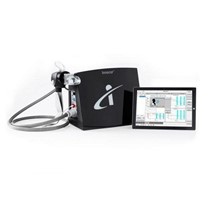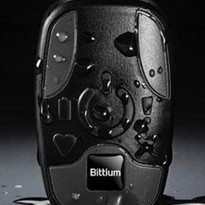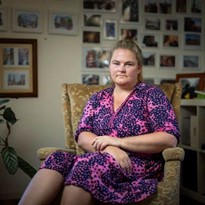The research, examining over 32,500 out-of-hospital cardiac arrests, reveals that women experiencing cardiac arrest are only half as likely as men to receive defibrillation from bystanders.
The study, analysing data spanning from 2002 to 2021 from the Victorian Ambulance Cardiac Arrest Registry, indicates that a mere 5% of women who suffered cardiac arrest received defibrillation from bystanders, in stark contrast to the 10% of men who did. These findings persist despite the existence of laws across all Australian states and territories protecting bystanders acting in good faith during medical emergencies.
Interviews with bystanders uncovered concerns related to the public exposure of women’s chests, potential injury, or confusion about recognising a woman experiencing cardiac arrest. However, the research also highlights a positive trend in bystander CPR rates for women, rising from 42.7% in 2002-03 to 71.3% in 2020-21. The gender disparity in CPR rates was notably less pronounced, with only a 2% difference between men and women.
CPR, or cardiopulmonary resuscitation, involves chest compressions to temporarily pump blood to the brain until specialized treatment is available. Despite the challenges posed by gender-related concerns, individuals like Carol Reid from Birchip, a member of the local Community Emergency Response Team (CERT), emphasise the importance of training and the need for community members to learn basic CPR skills.
The study aligns with international findings from last year, indicating that bystanders are less likely to perform CPR on women than on men during public cardiac emergencies. The research emphasises the critical need to address this gender disparity in community care for women experiencing cardiac arrest.
Ziad Nehme, a paramedic and Ambulance Victoria’s director of research and evaluation, underscores the importance of community involvement in bridging this gap. Dr. Nehme encourages individuals to learn CPR and use the GoodSAM app, a life-saving smartphone application connecting those in cardiac arrest with community members willing to initiate CPR and use an Automated External Defibrillator (AED) before paramedics arrive.
While challenges persist, community efforts and awareness campaigns can contribute to closing the gender gap in bystander defibrillation, ultimately improving survival outcomes for women during cardiac emergencies.
Source; ABC News














